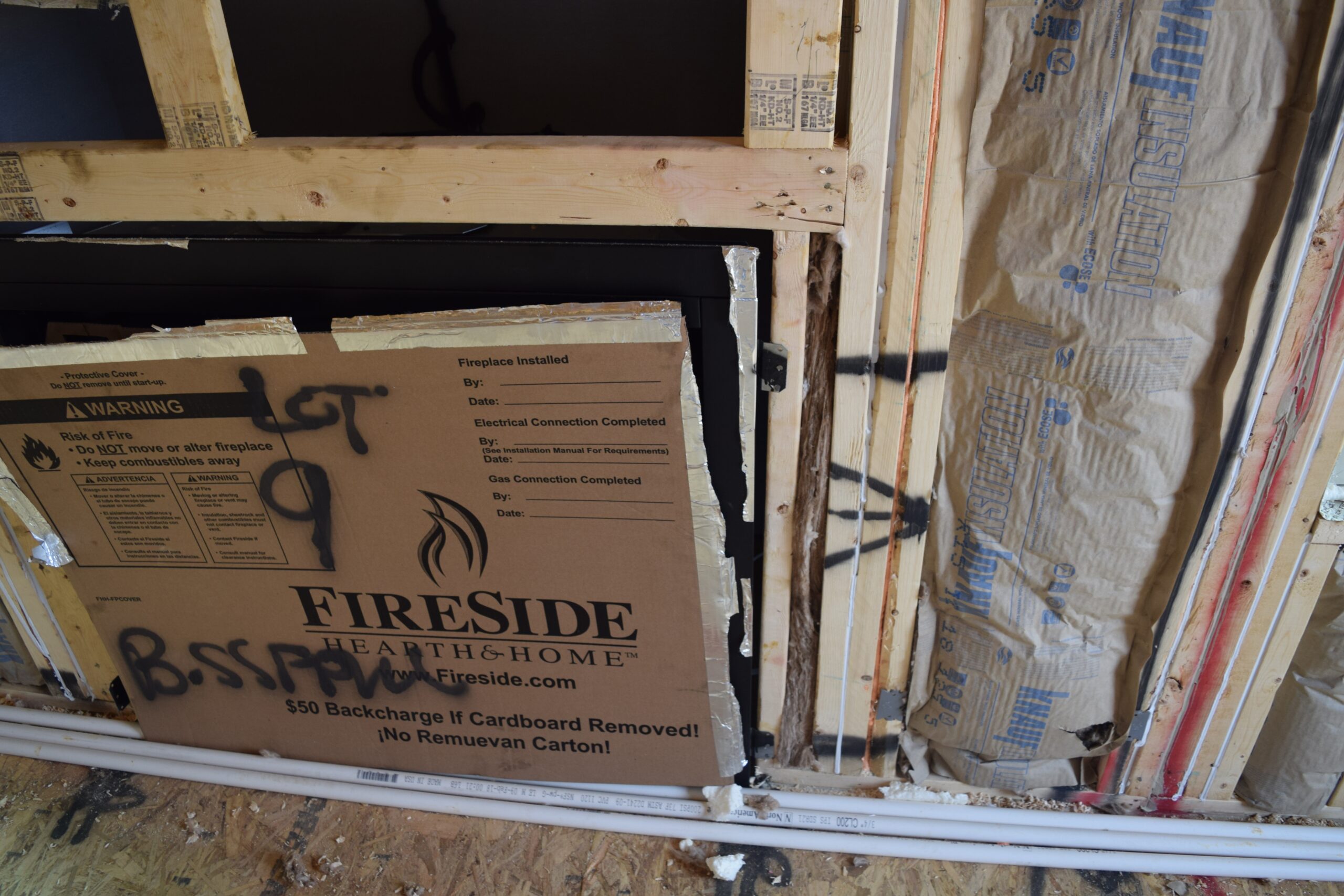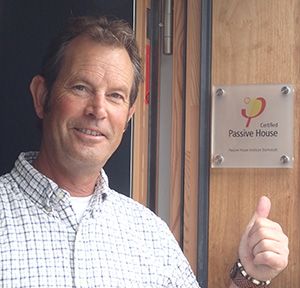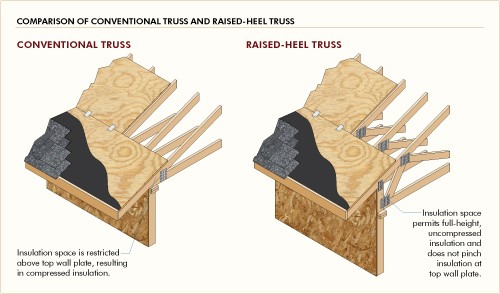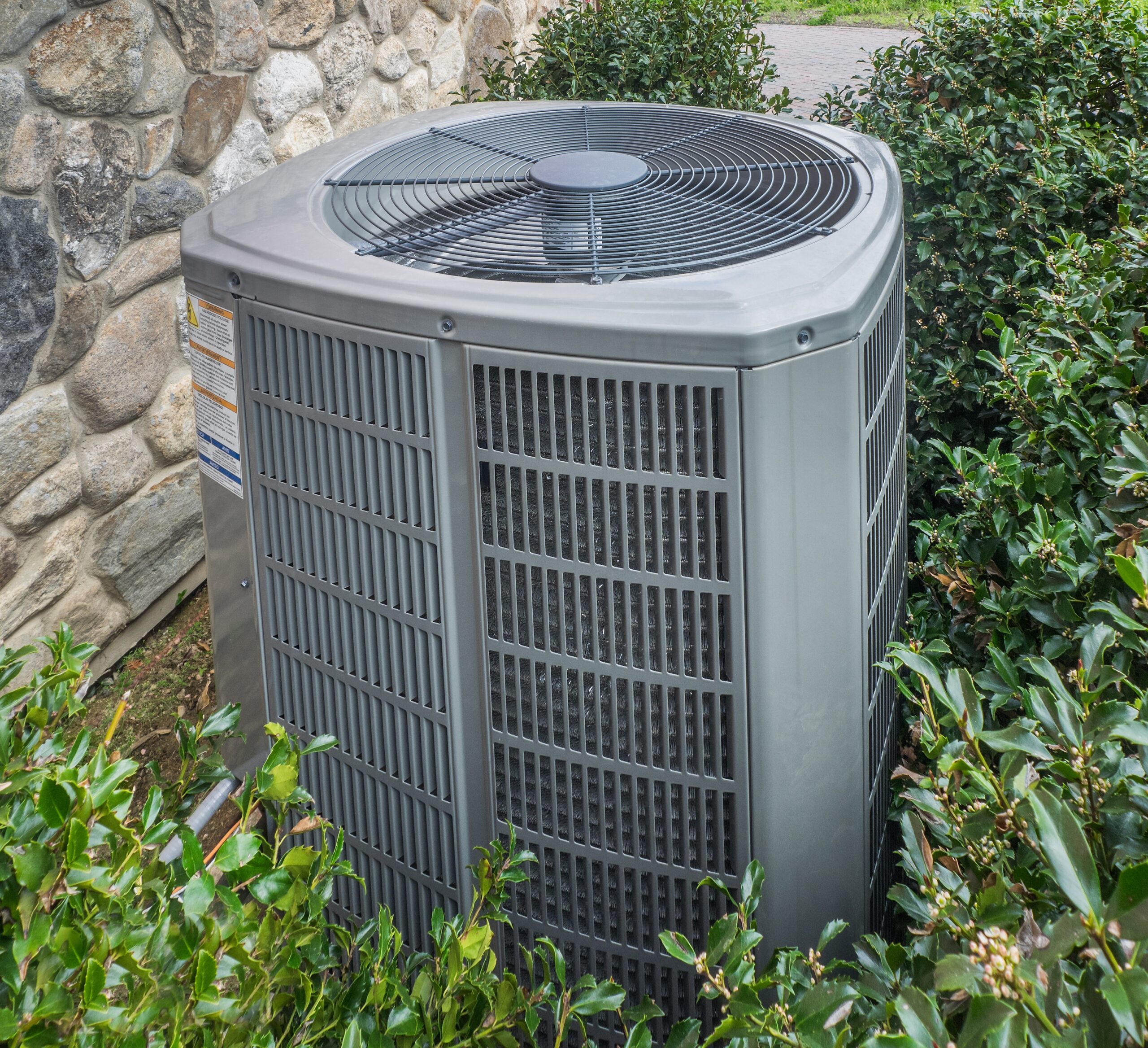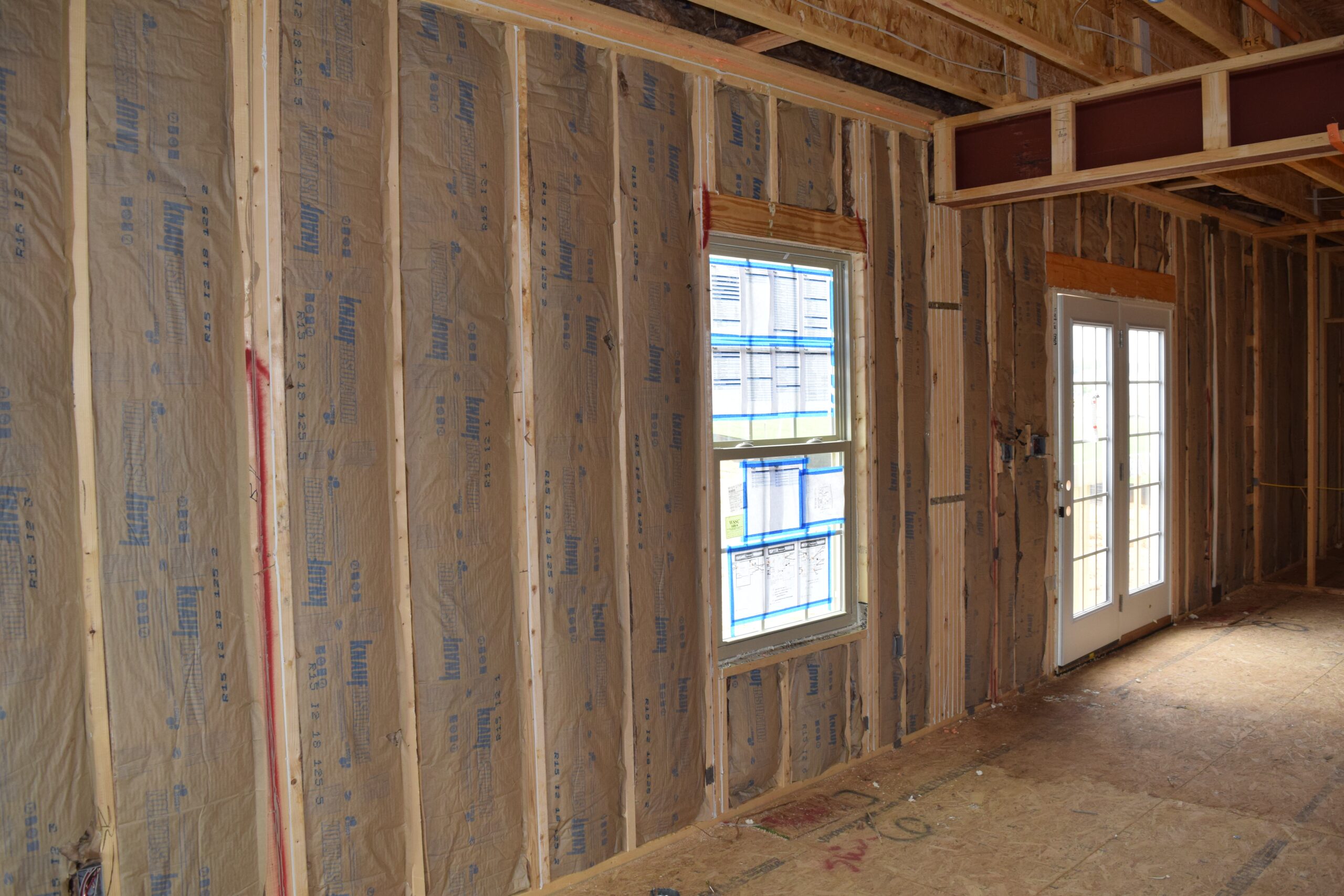Don’t Park the Prius on the Roof
In this age of technology, one of the great ironies of modern home shopping is that buyers more often than not consider resale homes first over new construction. In fact, in some markets, up to 90 percent of homes sold are lower priced, less efficient resale homes. Homebuilders can reverse that trend by demonstrating how and why newer homes outperform resales.
Details »